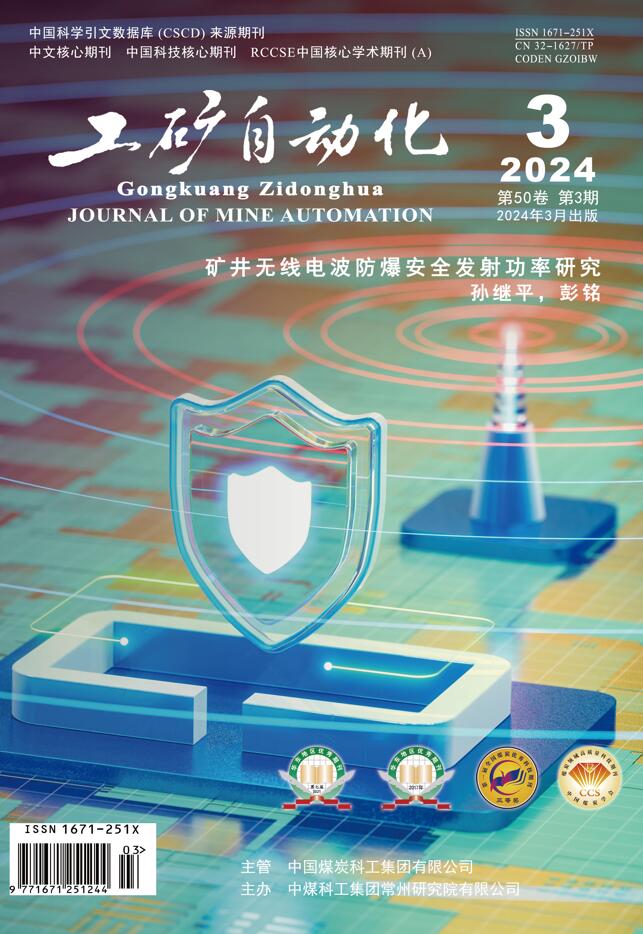Abstract:
The space of the fully mechanized working face is small, and the lighting environment is complex and variable. During the coal mining process, there is a large amount of dust and fog, which leads to problems such as exposure and weakened detail features in the collected images. It is difficult to effectively extract features from images with excessive lighting intensity in the underground lighting area. In order to solve the above problems, a denoising algorithm for uneven lighting images in coal mines is proposed. Firstly, the video is captured as an image to determine whether lighting suppression is necessary. The RGB image that requires lighting suppression is split into channels, and the lighting adjustment factor for each channel is calculated to achieve overall lighting adjustment of the image. Secondly, the images that have not undergone overall lighting suppression and those that have undergone overall lighting suppression are subjected to reflection component extraction. The input image is converted into an HSV spatial image, and the single scale Retinex (SSR) algorithm is used to separately process the illumination component in the V channel image. The incident component in the V component is removed, while the reflection component is retained. The histogram equalization algorithm is used to achieve illumination equalization for the reflection component. Finally, a dark channel prior algorithm with guided filtering is used to defog the light-processed image. The gamma correction function is used to readjust the image with uneven brightness. The subjective evaluation results indicate that the proposed denoising algorithm for uneven lighting images in coal mines effectively suppresses the problem of high overall brightness caused by lighting. The blurry parts of the original image are clearer due to factors such as fog and dust, and the detailed features of the image are more prominent. The effectiveness of the proposed algorithm is objectively evaluated using four evaluation indicators: information entropy, mean, standard deviation, and spatial frequency. The results showed that the proposed algorithm has achieved an average improvement of 21.87%, −56.06%, 153.43%, and 294.45% in terms of information entropy, mean, standard deviation, and spatial frequency compared to the multi-scale Retinex (MSR) algorithm. The proposed algorithm has achieved an average improvement of 1.18%, −39.56%, 33.29%, and −4.71% compared to the multi-scale Retinex with color preservation (MSRCR) algorithm. The proposed algorithm has achieved an average improvement of 38.06%, −55.27%, 462.10%, and 300.96% compared to the multi-scale Retinex with color restoration (MSRCR) algorithm. The results indicate that the proposed algorithm can more effectively increase image information, suppress lighting intensity, improve edge information, and image clarity.
ZHANG Xuhui, MA Bing, YANG Wenjuan, et al. Research on denoising of uneven lighting images in coal mine underground[J]. Journal of Mine Automation,2024,50(2):1-8. doi: 10.13272/j.issn.1671-251x.2023110090.




